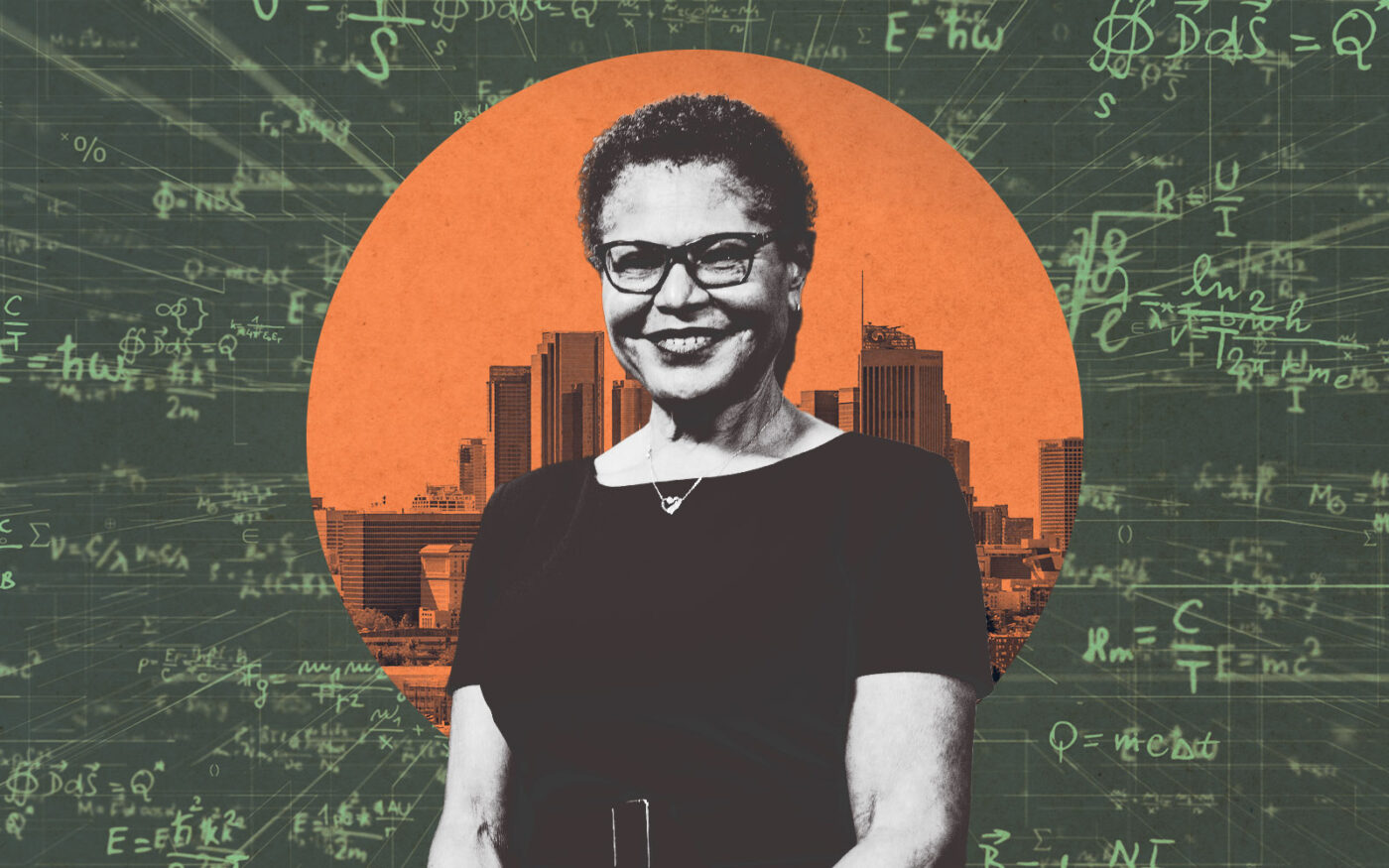While the number of ED1 projects is poised to accelerate this year, a growing number of developers and advocates question the math behind it.
Soon after assuming office, L.A. Mayor Karen Bass issued Executive Directive 1 in December 2022, aiming to streamline the approval process for affordable housing by exempting it from lengthy environmental reviews — and trim the approval process to less than 60 days.
More than a year after ED1 was issued, there is still growing support for it from affordable housing advocates. But along with enthusiasm, there are concerns that not all of these projects are going to pan out and make financial sense for developers.
“We did a huge deep dive and we could not make sense of the numbers,” Jared Goldstein, managing partner at Canfield Development, speaking at the Bisnow Annual Multifamily Conference in Los Angeles on Feb. 29. “As they stand now, I would just be very shocked if they move forward.”
Adrian Berger, managing director for acquisitions at Cypress Equity Investments, also cited reliance on traditional financing and lack of parking as obstacles to ED1-based projects.
“When you actually underwrite them with real numbers, then these things don’t pencil,” Berger said at the same event.
Popular program
This hasn’t deterred new ED1 applicants, with recent data showing that the number of ED1 project applications has accelerated in 2024.
There were a total of 30 applications, according to data compiled by ATC Research, a Los Angeles-based real estate research firm, and shared with TRD.
January alone represents 14.5 percent of the total ED1 applications to date.
“It has been a tremendous success,” said Scott Epstein of Abundant Housing LA, citing 16,000 units in the pipeline. “Not all of these are fully entitled, but that’s sort of unprecedented when it comes to affordable housing entitlements.”
Scott noted the 60-day window stipulated in the order from the application date to full entitlement as one of the draws, as well as alignment with the statewide density bonus program because they’re 100 percent affordable housing projects.
JZA Architecture, a Los Angeles-based firm, has nearly doubled in size due to an inflow of ED1 projects, with a payroll of 19 people now compared to 10 a year ago. The executive directive projects now account for 95 percent of the firm’s work.
“There has been a massive transition to affordable housing — people are really seeing that the way to cut out months of red tape and just be able to expedite their projects is far more valuable to them,” said Jeff Zbikowski, founder of JZA Architecture.
He notes that a lot of the ED1 projects he’s aware of are located in South L.A.
“What we’re starting to see now is projects pop in nicer areas on the Westside or in the Valley and Reseda, some of these higher resource areas, where they’re more centered around hedging against nicer areas — providing mixed-income projects within those areas that are always going to be occupied.”
While ED1 has generated plenty of interest and early movers, it isn’t codified yet. Its long-term future in Los Angeles is uncertain.
Maximum rent models
Goldstein’s firm spent weeks researching ED1, but ultimately decided it wasn’t for them.
“The program is designed around rents on an affordable housing covenant that would be attached to your project,” he said. “And those rents are lower than Section 8 rent you could potentially collect if your building had Section 8 tenants.”
Without having experience with affordable housing, Canfield Development management felt it was an aggressive assumption to make that every single tenant would have a voucher.
“So the projects that exist are taking pretty aggressive stances on the rents they’ll achieve,” he said. “The rents that they’re inputting in their financial models are often the maximum Section 8 rents. That rent is greater than what the unit would lease for, in many cases, as even a market-rate unit with no restrictions.”
For some of these projects to go forward and to take advantage of tax abatements, a partnership with a nonprofit may be necessary.
AIDs Healthcare Foundation, for example, is using ED1 to develop a 216-unit homeless housing project in Skid Row at 431 East 7th Street.
“There are a lot of nonprofit firms that are very skilled at this, who know how to get these types of transactions done,” Goldstein told TRD. “So there will be a bit of a learning curve figuring out what the skilled nonprofits know how to execute and how to bring them into effective partnerships together.”
